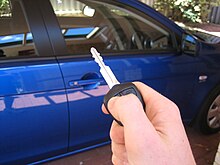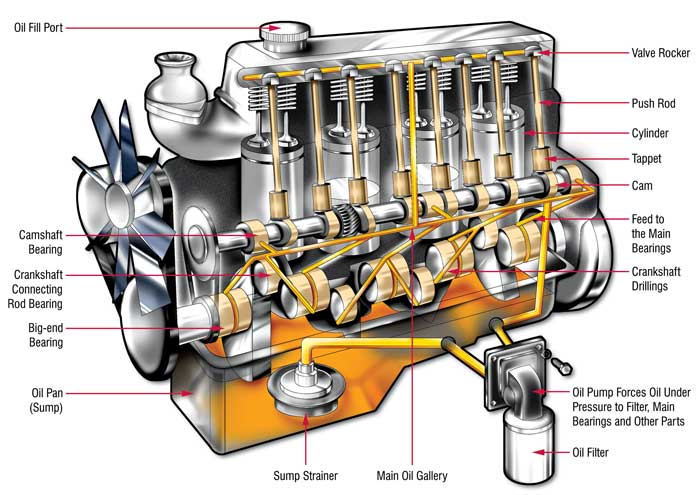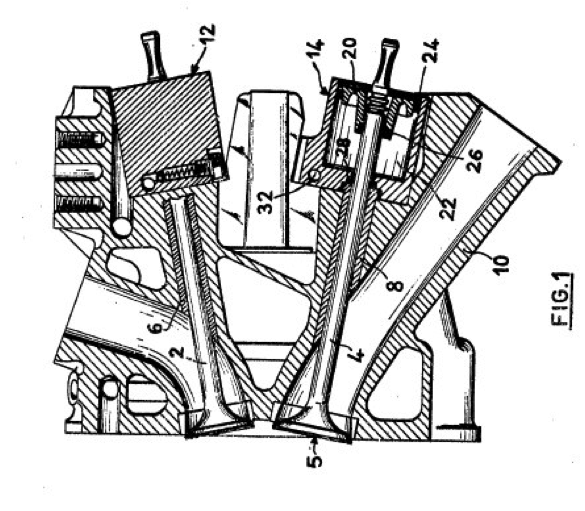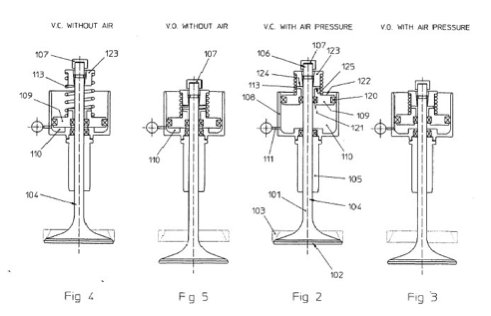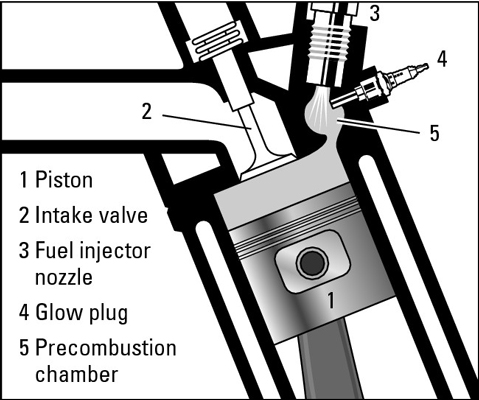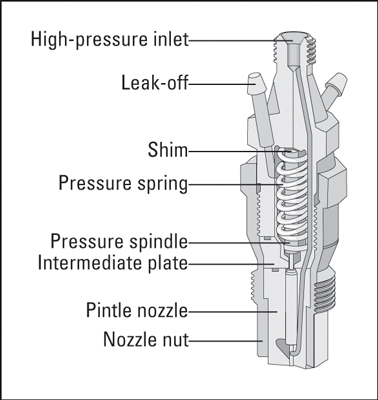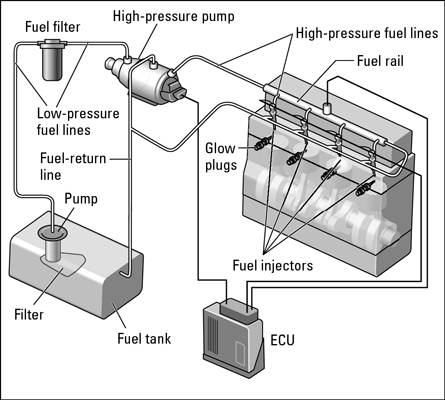Remote keyless system
A keyless entry system is an electronic lockthat controls access to a building or vehiclewithout using a traditional mechanical key. The term keyless entry system originally meant a lock controlled by a keypad located at or near the driver's door, that required pressing a predetermined (or self-programmed) numeric code for entry. These systems, having evolved into a hidden touch-activated keypad, are still available on certain Ford or Lincoln models.
The term remote keyless system (RKS), also called keyless entry or remote central locking, refers to a lock that uses an electronic remote control as a key which is activated by a handheld device or automatically by proximity.[1]
Widely used in automobiles, an RKS performs the functions of a standard car key without physical contact. When within a few yards of the car, pressing a button on the remote can lock or unlock the doors, and may perform other functions. A remote keyless system can include both a remote keyless entry system(RKE), which unlocks the doors, and a remote keyless ignition system (RKI), which starts the engine.
Remote keyless entry fobs emit a radio frequency with a designated, distinct digital identity code. Inasmuch as "programming" fobs is a proprietary technical process, it is typically performed by the automobile manufacturer. In general, the procedure is to put the car computer in 'programming mode'. This usually entails engaging the power in the car several times while holding a button or lever. It may also include opening doors, or removing fuses. The procedure varies amongst various makes, models, and years. Once in 'programming mode' one or more of the fob buttons is depressed to send the digital identity code to the car's onboard computer. The computer saves the code and the car is then taken out of programming mode.
As RKS fobs have become more prevalent in the automobile industry a secondary market of unprogrammed devices has sprung up. Some web sites sell steps to program fobs for individual models of cars as well as accessory kits to remotely activate other car devices. Many sites, provide RKS fob programming instructions for free.
On early (1998-2012) keyless entry remotes, the remotes can be individually programmed by the user, by pressing a button on the remote, and starting the vehicle. However, newer (2013+) keyless entry remotes requiredealership or locksmith programming via acomputer with special software . The Infraredkeyless entry systems offered user programming, though radio frequencykeyless entry systems mostly require dealer programming.
